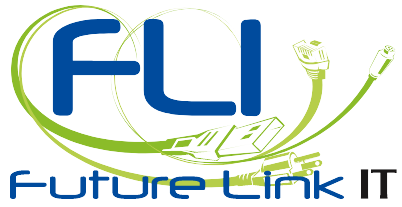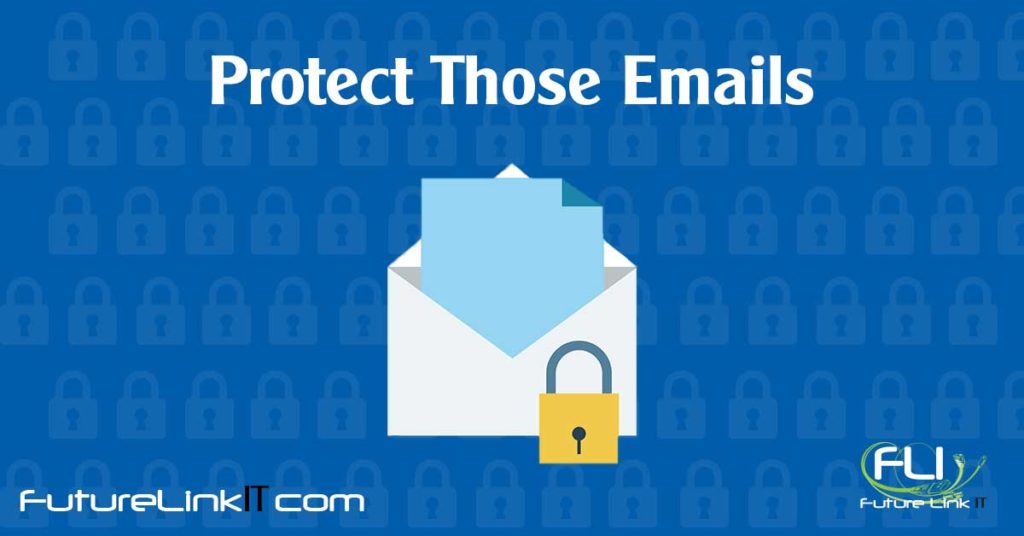Each day, nearly 300 billion emails are sent and received across the globe. For hackers, these emails represent an especially vulnerable access point, allowing them to intercept messages and glean important (and often, confidential) information from them.
Not only can hackers gain access to private information contained within the body of emails, but they can take over your email account and send emails pretending to be you.
Breaches to your email allow a hacker to get their proverbial foot in the door of your business, gaining control over the entire email account and using it as a hub to phish or spread malware to other network users.
So, how can organizations safeguard their emails from attack?
What Is Email Encryption?
Encryption is a method to protect data in your email, such as social security numbers, birth dates, and medical records. It involves encoding emails or other content so that they cannot be read without the sender’s permission.
The content is converted from readable plain text to encrypted cipher text.
The recipient of the email is sent a certificate or key to decrypt the content or a link that requires logging into a web portal.
Unless the encrypted email detects that the right certificate, key, or link is present, the email can never be decrypted.
This means that, even if a hacker does somehow gain access to an encrypted email, this email is essentially useless—not even the most sophisticated cipher expert can unscramble its contents.
Outlook enables you to encrypt a single outgoing message or all outgoing messages. However, encrypting emails one by one isn’t cost-effective or practical. Instead, companies that are interested in email encryption should investigate automated processes.
What Is a Corporate Account Takeover?
According to one source, account takeover attacks have increased 30% year over year, with over 100 attacks per second.
Corporate account takeover (CATO) takes aim at the organization itself, including executive staff, finances, and data. Hackers begin with one employee at a time, since most corporate emails are fairly easy to guess (first name_ last name@domainname.com).
Hackers mimic legitimate company emails to request sensitive personal information from employees, vendors, and customers and to pass on harmful links in the guise of legitimate corporate emails.
These scams leverage an organization’s reputation against itself, breaching the trust of employees, customers, and business partners and potentially putting sensitive data at risk.
To avoid account takeover, companies have turned to password verification, identity monitoring and flagging, monitoring of high-risk accounts, and passwordless schemes.
What Should Organizations Know?
If you’re wondering just how vulnerable your organization is to an email attack, Future Link IT can help. Protect your workplace and educate your team with a Department of Homeland Security (DHS) Cyber Security poster.
To start the process of protecting your email today, book a free consultation with one of our experts.

